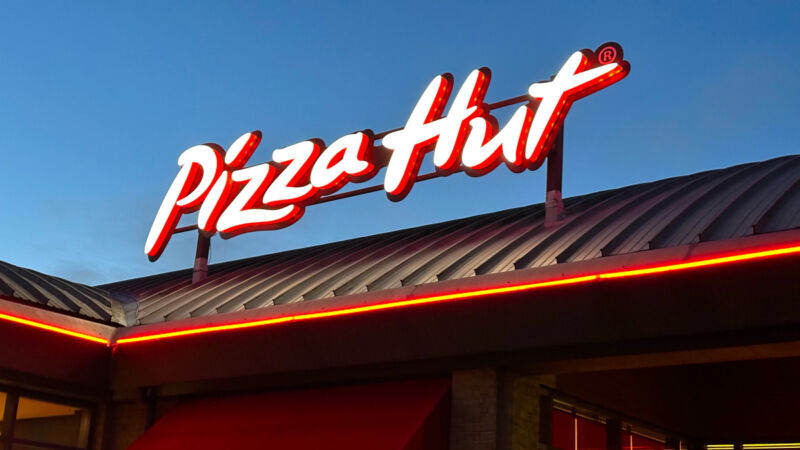-
chevron_right
Healthier ready-to-eat meals would have ‘huge’ EU climate benefits – report
news.movim.eu / TheGuardian · 2 days ago - 04:00
Co-authors say ‘no-regrets policy’ would save consumers €2.8bn a year while cutting emissions by 48m tonnes
Healthier ready-to-eat meals could cut EU emissions by 48m tonnes annually and save customers €2.8bn (£2.4bn) each year, as well as reducing disease, a report has found.
Fast food and ready meals provide more than a sixth of the EU’s calories but contain far more salt and meat than doctors recommend, according to an analysis from the consultancy Systemiq commissioned by environmental nonprofit organisations Fern and Madre Brava.
Continue reading...


